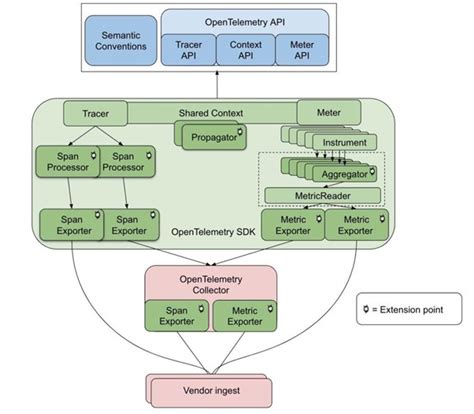OpenTelemetry has emerged as the go-to standard for telemetry data collection in cloud-native environments, providing a unified approach to tracing, logging, and metrics. Despite its commendable goals, the complexity that comes with OpenTelemetry (OTel) has left many developers and organizations struggling to utilize it effectively. The challenge lies not just in implementing the tool but also in understanding its core concepts and the intricacies of its components. As developers share their experiences, it’s evident that, while OTel is powerful, it is not without its significant hurdles.
For many developers, the learning curve associated with OTel can be steep. NeutralForest’s comment about the extensive time spent understanding OTel’s Python implementation reflects a common sentiment among developers. The global state management required for tracing identifiers per request adds another layer of complexity, as highlighted by zaphar. This issue is not merely theoretical; it directly impacts the implementation and maintenance of observability in applications. The headache of dealing with traces that must maintain a consistent state without polluting internal APIs is a significant technical debt that complicates its integration.
The concept of ‘context’ in programming languages like Go, which bigblind mentions, helps maintain per-request state effectively throughout a system. Yet, this idea hasn’t translated smoothly across all languages, especially Python. The reliance on god objects and some unconventional usage of \\_\\_new\\_\_ methods have led to hidden flows and unexpected behaviors when creating new instances of tracers. These issues, compounded by sparse documentation and examples, create a friction-laden development process, making it far from the straightforward solution many had hoped for.
Interestingly, some voices in the community, like Karrot_Kream, have found OTel’s scope to be overwhelming for simpler projects. The additional burden of mastering a tool laden with features you might never use can discourage adoption. Moreover, antonyt’s insight into the debate over metrics and logs versus traces emphasizes the inherent complexity of managing these aspects. Metrics and logs are non-negotiable for mission-critical applications, and often, the tracing data gets sampled due to cost considerations. This practical reality contrasts the theoretical incentives, especially for organizations operating at scale.
From a more philosophical angle, the contention surrounding the utility and implementation of various OTel components reveals much about the current state of observability tools. Jemaclus provides a counterpoint, arguing the superiority of well-instrumented metrics and finely tuned logs over distributed traces. This debate is illustrative of the broader discourse on how best to leverage telemetry data for actionable insights. Aserafini’s concern about the inability to gauge the full impact of sampled traces highlights the necessity of a more nuanced approach to interpreting telemetry data.
Furthermore, the practical implications of managing OTel in different environments are non-trivial. The comments from users like tnolet about the frustrations with configuration discrepancies and the operational headaches of maintaining an in-house setup underscore the real-world difficulties teams face. Differences in how various language SDKs handle configurations and the added complexity of setting up and maintaining collectors like Jaeger add to the operational overhead. The sentiment that the uniform interface across languages can become a ‘clunky’ experience reflects the balance between theoretical uniformity and practical usability.
While OTel does standardize the approach to telemetry, the discussions show a divide between its intended flexibility and the operational reality. Options like using stand-alone, lightweight solutions instead of an all-encompassing framework gain traction as developers seek to mitigate the complexity. This is especially pertinent in cases like those raised by hinkley and spullara, where specific use cases—such as handling spans in short-lived processes—highlight inherent limitations. There’s a clear call for more streamlined, purpose-driven modules within OTel that can be adapted more easily to fit differing needs.


Leave a Reply